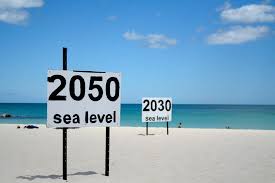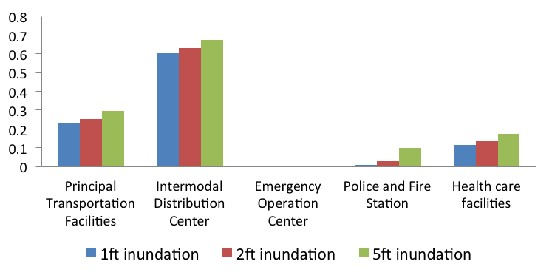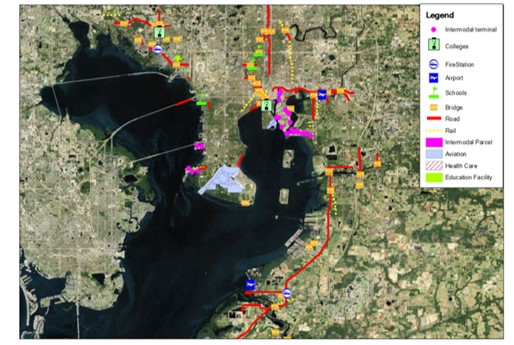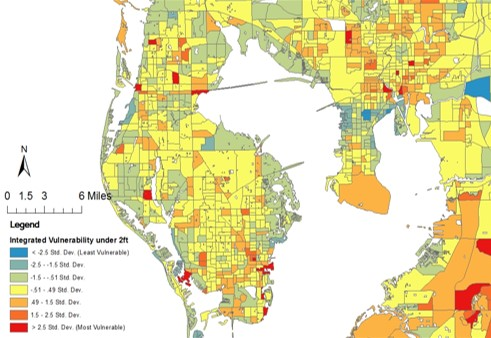
Funded by Gulf of Mexico Sea Grants, University of Florida researchers are conducting research to explore the use of current sea level rise decision support tool in developing more resilient coastal adaptation plans in Tampa Bay area. By working with local planners in the case study area, this project aims to answer the following research questions: How is the current tool used in adaptation planning process? How to improve the current tool to support local adaptation planning? Specifically, given the different impacts and vulnerabilities generated by the Current NOAA Sea Level Rise Impact Viewer
(http://www.csc.noaa.gov/slr/viewer/#), is there additional vulnerability or aspects (e.g. economic) that are affecting Tampa Bay region that need to be considered in adaptation? How do we assess the overall impacts and vulnerabilities in the region? To answer these research questions, this study conducts analysis of the changing trend in Tampa area (including future sea level rise scenarios), survey and interview local planners for potential adaptation options, and technical analysis of additional vulnerability (e.g. infrastructure, economic). Working with local communities, the project provides insights on how to further improve the Viewer to meet the needs of communities in their adaptation planning efforts.
It expands upon the existing NOAA impact assessment tool to incorporate critical infrastructure data, integrate different vulnerability indices, and estimate system vulnerability under a series of sea level rise scenarios.
The project results identify vulnerable facilities and vulnerable areas under different situations and scenarios (inundated infrastructures and low-lying infrastructures under 1ft, 2ft and 5ft sea levels), and provide infrastructure vulnerability index and integrated vulnerability (including economic vulnerability score, social vulnerability score, and infrastructure vulnerability score) for users to check how vulnerable a specific area is under different sea level rise scenarios from multiple aspects. The vulnerability analysis and the tool developed provides a guidance for local planners to identify the most vulnerable infrastructures and area from different perspectives, to understand the primary causes of overall vulnerability in a region, and therefore help them to prioritize their adaptation planning focus area and sections (e.g. economic, infrastructure, socially constructed adaptive capacity).
Furthermore, a visualization tool is developed by University of Florida Urban and Regional Planning research teams to help the local planners identify the most vulnerable infrastructures and places using the inundation data provided by the NOAA Sea Level Rise and Coastal Flooding Impacts Viewer. Using the online visualization tool (University of Florida sea level rise viewer), the non-experts can easily view the estimated vulnerability under 1-foot, 2-foot, and 5-foot scenarios.
Detailed information regarding the vulnerable infrastructure and the vulnerable census block groups can also be viewed. The tool is available at http://plaza.ufl.edu/dengyujun11/SLR7.0.html. More information regarding the viewer could be found at NOAA’s website http://csc.noaa.gov/digitalcoast/stories/tampa-viewer.
Here are some results:


